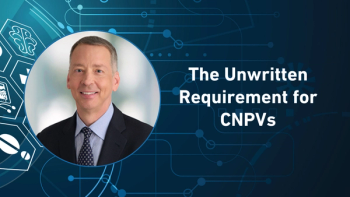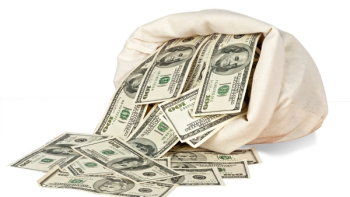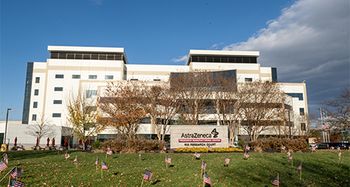
HHS looks more closely at specialty drug spending
Reports find $128 billion in hospital-based drug spending, and Part B disincentives
This week, CMS announced a proposed effort to use a variety of value-based and other pricing mechanisms to adjust the prices of specialty drugs administered under the Medicare Part B program (see
One jolt to the overall debate about healthcare costs and drug spending: ASPE estimates, in a
In addition, ASPE finds that the trend for future drug spending is growing faster than the trend for all healthcare spending—the former is rising from 15.3% in 2013 (a recent low) to 16.8% in 2018. It’s not a shocking revelation that drug spending is a higher proportion than generally understood; earlier HHS studies had similar findings. But its higher percentage, and the fact that that percentage is growing faster than overall healthcare spending, are both issues that critics of the pharma industry will focus on.
ASPE struggled with calling out specialty drug spending in all this; it notes that there is no uniform definition of specialty drugs, and ferreting their cost out of non-retail drug purchasing is complex. It cites data from the CVS/Caremark Specialty Formulary, but that is limited to retail drugs. The CVS data indicate that specialty products constitute 12.4% of retail drug spending growth during 2010-2014. An alternative approach (see figure), using IMS prescription data and the HHS definition of “specialty” as costing more than $600 per month, leads to an estimate of between 20.2 and 23.7% of drug spending from this category, and one that ASPE says “appears to be rising, suggesting that these drugs are a growing cost driver.”
Another ASPE
There is a lot of room for debate in the ASPE conclusions; for one thing, there has been shifting by insurers between pharmacy benefit coverage and medical benefit coverage; also, the costs paid by health systems for drugs appears to be invisible to CMS, IMS Health and CVS/Caremark (the prices that health systems charge for these drugs are another matter). The biggest complaint of PhRMA and others, moreover, is that drugs, even high-cost ones, can reduce or at least level overall healthcare costs—when they work as expected in improving patient health.
ASPE’s summation of the analysis:
Factors underlying the rise in prescription drug spending from 2010 to 2014 can be roughly allocated as follows: 10% of that rise was due to population growth; 30% to an increase in prescriptions per person; 30% to overall, economy-wide inflation; and 30% to either changes in the composition of drugs prescribed toward higher price products or price increases for drugs that together drove average price increases in excess of general inflation.
Newsletter
Stay ahead in the life sciences industry with Pharmaceutical Commerce, the latest news, trends, and strategies in drug distribution, commercialization, and market access.





